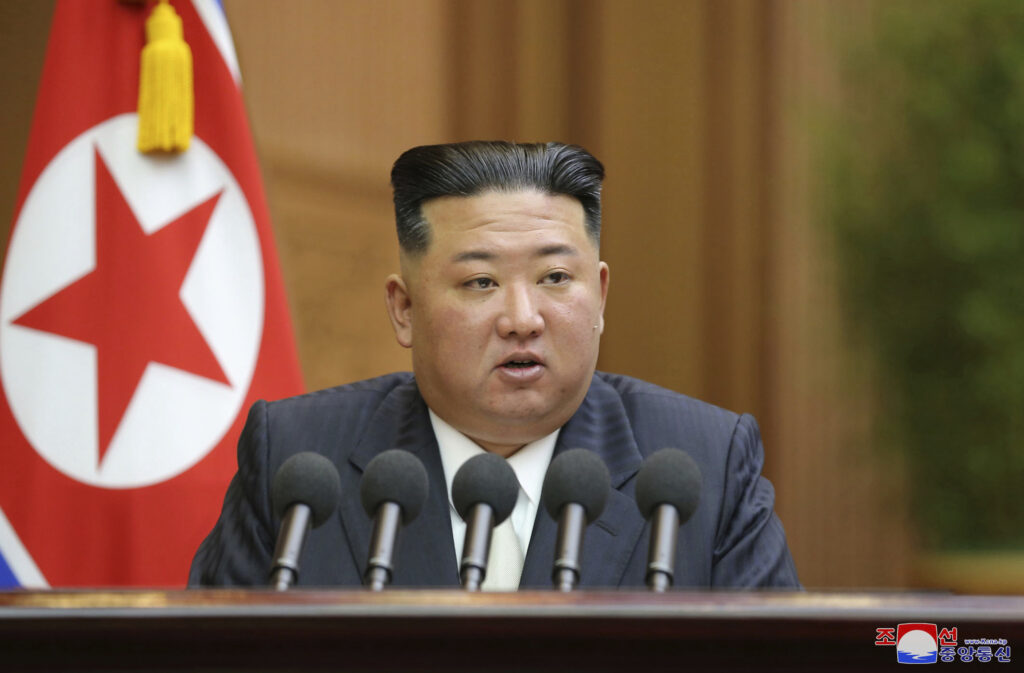North Korea: Increased Provocations on Nuclear Test
Recently, North Korean leader Kim Jong Un has gone on a binge of launching ballistic missiles, including Intermediate Range Ballistic Missile (IRBM) capable of reaching Guam where U.S. military base, in order to demonstrate defiance and a show of force to the United States and its regional allies, South Korea and Japan, as well as another attempt from Kim to wiggle his way into US politics ahead of the November mid-term elections.
With unprecedented launches of 43 missiles, including a intermediate range missile IRBM over Japan for the first time since 2017. Kim Jong Un is betting that the war in Ukraine has led to a stalemate at the United Nations Security Council, further resulting in the council’s failure to adopt a press statement condemning its multiple violations of previous Security Council resolutions prohibiting it from testing long-range ballistic missiles. North Korea proceeded with its provocations and went ahead with launching an IRBM over Japan on October 4 and traveled 2,800 miles and reached an altitude of 602 miles before it crashed into the Pacific Ocean, approximately 2,000 miles east of Japan, it is believed that it could have hit Guam a U.S. Territory. Kim Jong Un proceeded with the provocations knowing that he would have the protection of the veto power of Russia and China. At the Security Council briefing on North Korea on October 5th, US Ambassador to the UN Linda Thomas Greenfield alluded to Russia and China without naming them and said “Two members of this Council have given the DPRK blanket protection. These two members have gone to great lengths to rationalize the DPRK’s repeated provocations and to obstruct any move to modernize the sanctions system. In summary, Kim Jong Un has been assisted by two permanent members of the Security Council.”
Military and Strategic observers point to the recent provocations of North Korea compared to previous ones and they shed light on several emerging tendencies in the techniques that it deploys to stir up tension. These tendencies include: North Korea is becoming increasingly consistent in the frequency with which it engages in provocations during the night. This gives the impression that a military assault may take place at any time, regardless of whether it is in the midst of the day or the middle of the night. Second, it is anticipated that the assaults will take place all at once on all fronts (water, land, and air). Thirdly, what was once a single missile event appears to be transitioning into a hybrid event that involves both conventional weaponry and missiles. This is a change from what was previously a single missile event. This is a shift from the previous scenario, which only involved a single missile. The most recent launches most likely had the primary purpose of conducting operational training, which included testing capabilities, collecting data on performance, and carrying out a process of testing and evaluation. Additionally, these launches were likely conducted in order to send an important political message.
The road to a diplomatic resolution is not any closer to reaching its destination; however, the United States of America, along with its allies South Korea and Japan, has made it abundantly clear that they intend to return to negotiations without any preconditions, with the end goal being the complete and verifiable denuclearization of the Korean Peninsula. The alternative to dialogue is to maintain the status quo, which involves further provocations from the North as well as increased military exercises with South Korea and the United States. Kim uses these drills as a pretext for carrying out his tests. Two significant events will take place within the time span between the 23rd of October and the 8th of November; the annual South Korean “Hoguk” military drill, which began on Monday, October 17, and will continue until it concludes on October 28. The second half of this activity takes place within a time frame that follows the Chinese Communist Party Congress. The second event is the midterm elections in the United States, which will take place on November 8. In the past, North Korea has demonstrated a tendency to stir up problems around the time of U.S. elections.
As a conclusion, Kim Jong Un is intent on keeping his nuclear and missile programs running as he views them as a leverage and deterrence for any effort to threaten his regime. He also believes that they would help him strengthen his country’s economy. In a national security strategy statement that was made public last week the Biden administration promised to continue negotiating with North Korea in order to achieve concrete progress toward the complete denuclearization of the Korean peninsula. My point of view is that we have reached a stage of accelerated provocation where it should be seriously consider shooting down North Korean missiles. This will send a clear message that the United States and its allies maintain military superiority with the ability to take capable countermeasures; however, we continue to be exposed to the constant risk of mistakes being made on both sides, which can lead to a military confrontation with a dictator who possesses nuclear capabilities.
Disclaimer: The views and opinions expressed in this article are those of the authors and do not necessarily reflect the official policy or position of Newslooks.com







